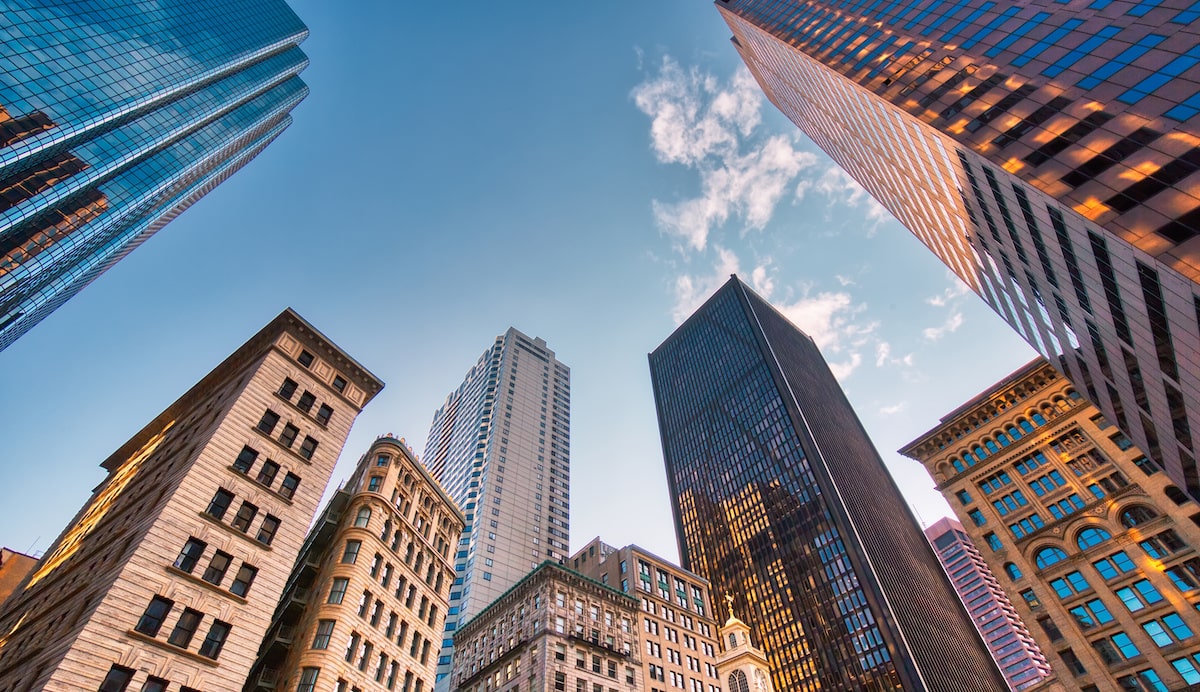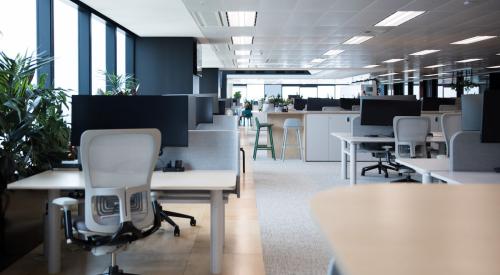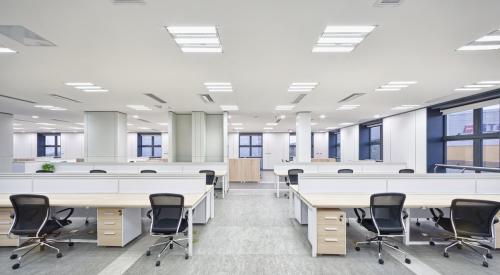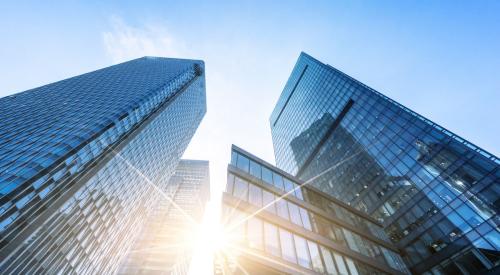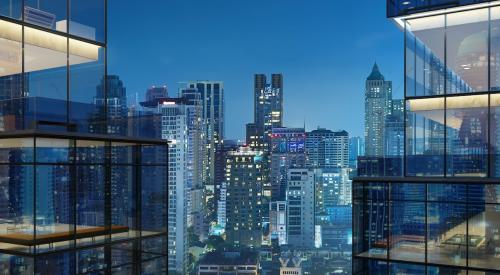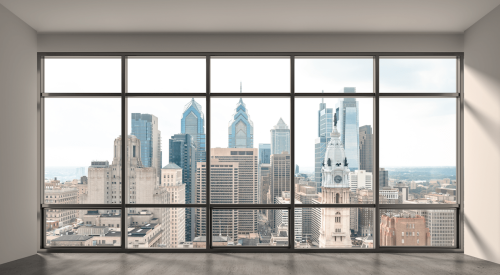A quarter of all downtown urban office buildings are currently thought to be vacant, and as demand for city living increases with a new generation of homebuyers, those empty spaces could create a prime opportunity for real estate conversions. The Los Angeles real estate industry recently concluded that the conversion of vacant hotels and offices to apartments could add 72,000 living units to the area, and in midtown Manhattan alone, around 14,000 new residential units could be created, Governing reports.
Though the benefits are tenfold, office conversions are few and far between, likely because developers are finding that it’s still cheaper to build a four- or five-story residential project on fresh land than to convert an existing office tower.
Why the discrepancy? One reason is that most developers aren’t convinced that office conversions will bring them big profits, at least until they see it happening to somebody else nearby. There’s an old saying that developers make sheep look like independent thinkers. That’s going a bit too far, but it’s still true that the urban real estate development profession is no outpost of entrepreneurial creativity.
Something else is at work here. The ideal office building to convert to residential use is a classical or art deco tower, built before World War II. These buildings, besides being visually arresting when cleaned up, generally have floor plans conducive to apartment living, high ceilings and windows that open. Office buildings built in the 1950s or later have none of these qualities.
